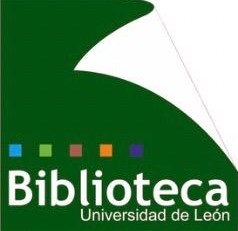Compartir
Título
Antimicrobial susceptibility patterns of Haemophilus parasuis from pigs in the United Kingdom and Spain
Autor
Facultad/Centro
Área de conocimiento
Cita Bibliográfica
Veterinary Microbiology
Editorial
Elsevier
Fecha
2006-02-26
Resumen
A total of 30 British and 30 Spanish Haemophilus parasuis isolates were tested
for their susceptibility to 19 of the antimicrobials currently used in swine practice with a
broth microdilution method in order to know the emergence of resistance against these
compounds in this porcine pathogen. All the British isolates were susceptible to penicillin,
ceftiofur, erythromycin, tilmicosin, enrofloxacin, and florfenicol, and most of them were
susceptible to the remaining antimicrobials (the highest resistance rate found was of 20%
to neomycin). In contrast, all the Spanish isolates were susceptible exclusively to
florfenicol, and high proportions of resistance were encountered for penicillin, ampicillin,
oxytetracycline, erythromycin, tilmicosin, tiamulin and trimethoprim +
sulphamethoxazole; in addition, a bimodal or multimodal distribution, or tailing of Spanish
isolates over the MIC range was observed for clindamycin, sulphonamides and tylosine
tartrate, suggesting the development of acquired resistance. In addition, several multiresistance patterns were found among the Spanish isolates, 23.3% of them being
resistant to at least eight antimicrobials, the same rate as that encountered for those being
susceptible to all antimicrobials tested. This study showed that in general British H.
parasuis isolates are susceptible to antimicrobial agents routinely used for treatment of
porcine respiratory diseases; however, the Spanish isolates need a more continuous
surveillance of their susceptibility patterns
Materia
Palabras clave
Peer review
SI
URI
Aparece en las colecciones
- Artículos [5503]














